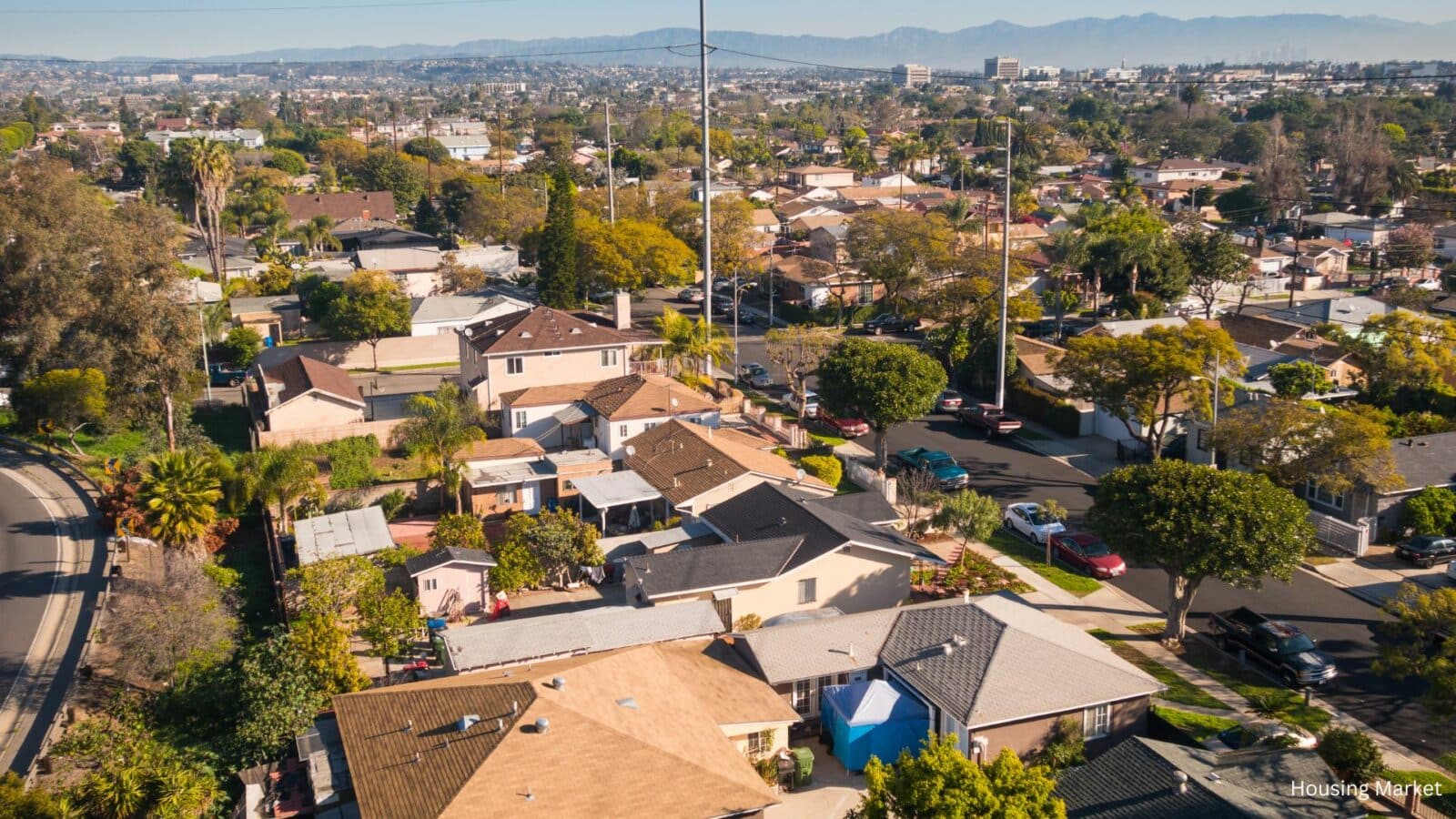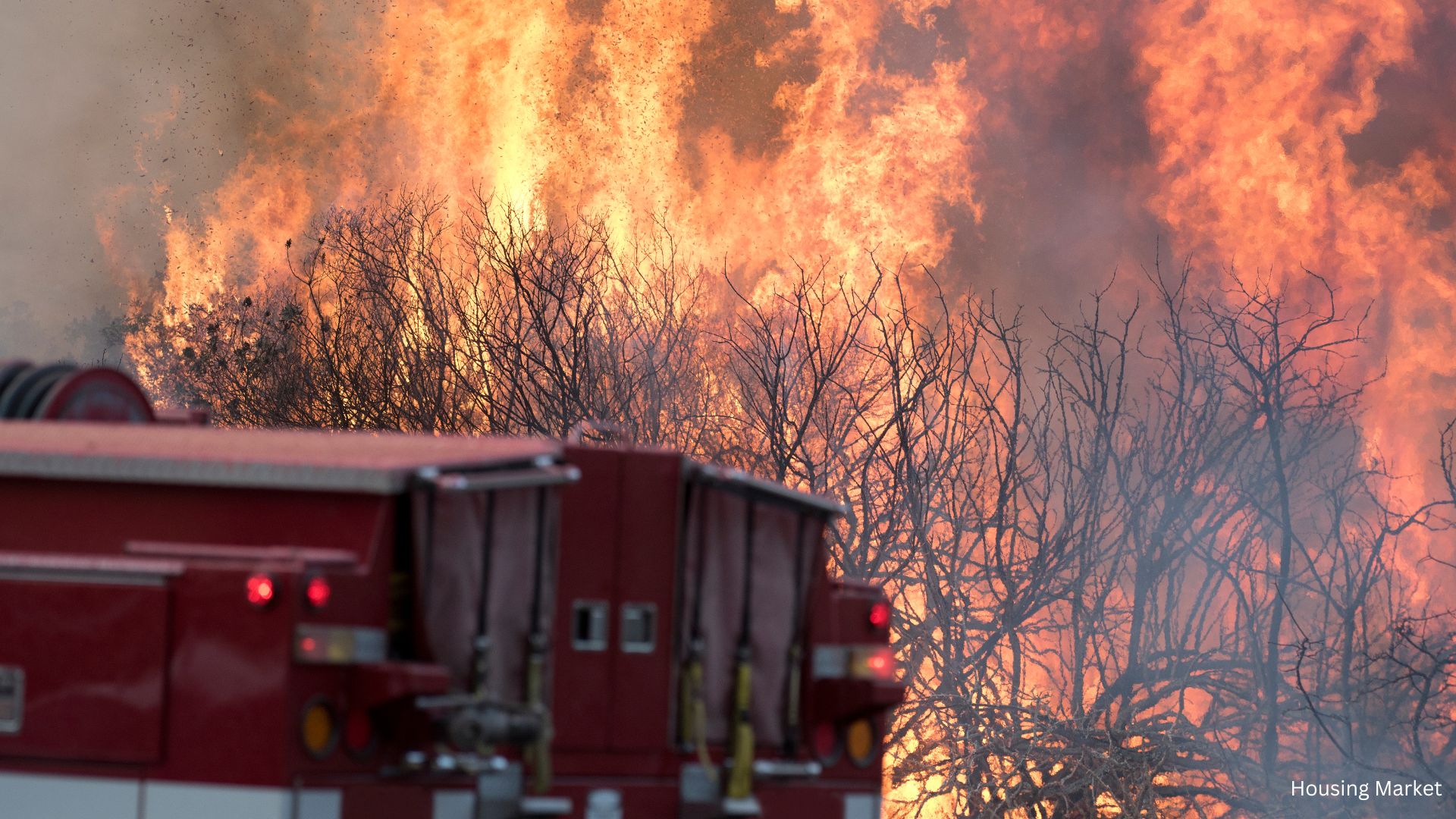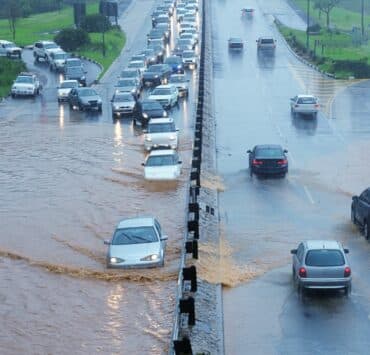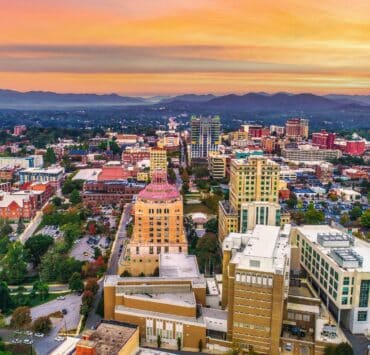California WUI development has emerged as a significant issue in recent decades, with its unique challenges and risks due to the interplay of housing and environmental factors. The Wildland-Urban Interface (WUI) represents the zones where human development meets natural landscapes, creating a complex environment susceptible to various natural disasters.

With California leading the nation in WUI growth since the 1990s, more than one in three households in the state are now situated adjacent to or within these natural areas. This trend is fueled by the state’s housing crisis, pushing many Californians to seek affordable living options outside urban centers, resulting in increased risks from climate-related disasters like wildfires, floods, and landslides.
The Growth of California WUI and Its Implications
The expansion of California WUI has significant implications for both human safety and environmental sustainability. As highlighted by UC Santa Cruz researchers in the Proceedings of the National Academy of Sciences, there has been a notable shift in the motivations for moving to WUI areas. Historically, these areas attracted people for their scenic beauty and proximity to nature. However, the affordability crisis has become a primary driver since the 1990s, as more Californians are priced out of urban areas.
Key Factors Driving WUI Development
- Housing Affordability: The lack of affordable housing in urban areas forces many to seek alternatives in the WUI, where costs are often lower but come with increased risks.
- Population Growth: The state’s growing population contributes to the expansion of residential areas into natural landscapes.
- Economic Factors: Middle-income commuters often find themselves in WUI “interface” developments, while remote WUI “intermix” areas exhibit stark inequality with a mix of estates for the wealthy and modest homes for lower-income residents.
Climate Risks Associated with California WUI
The California WUI is particularly vulnerable to climate-related disasters, exacerbated by the intricate relationship between housing and environmental dynamics. Extensive WUI development increases the likelihood of wildfires, impacting wildlife habitats and contributing to longer commutes that raise greenhouse gas emissions. Despite the growing recognition of these hazards, the causes of WUI growth remain insufficiently understood, necessitating a multidisciplinary approach that incorporates both social and natural sciences.
Environmental Challenges
- Wildfires: Increased proximity to wildlands heightens the risk of wildfires, posing a threat to both human life and property.
- Floods and Landslides: The natural terrain and climatic conditions make WUI areas susceptible to flooding and landslides, especially during extreme weather events.
- Biodiversity Loss: Development in these areas often disrupts ecosystems, leading to habitat fragmentation and loss of biodiversity.

Addressing the California WUI Challenge
The challenges posed by the California WUI require integrated planning and policy solutions at local, state, and federal levels. Addressing the affordable housing crisis is not only a social imperative but also a critical sustainability issue that impacts environmental resilience.
Proposed Solutions
- Affordable Housing Production: Developing affordable housing within urban centers can alleviate the pressure on WUI areas, reducing the need for risky developments.
- Sustainable Urban Planning: Implementing policies that balance urban expansion with environmental protection can mitigate climate risks.
- Community Engagement: Involving local communities and Indigenous land stewardship practices in WUI management can enhance resilience and sustainability.
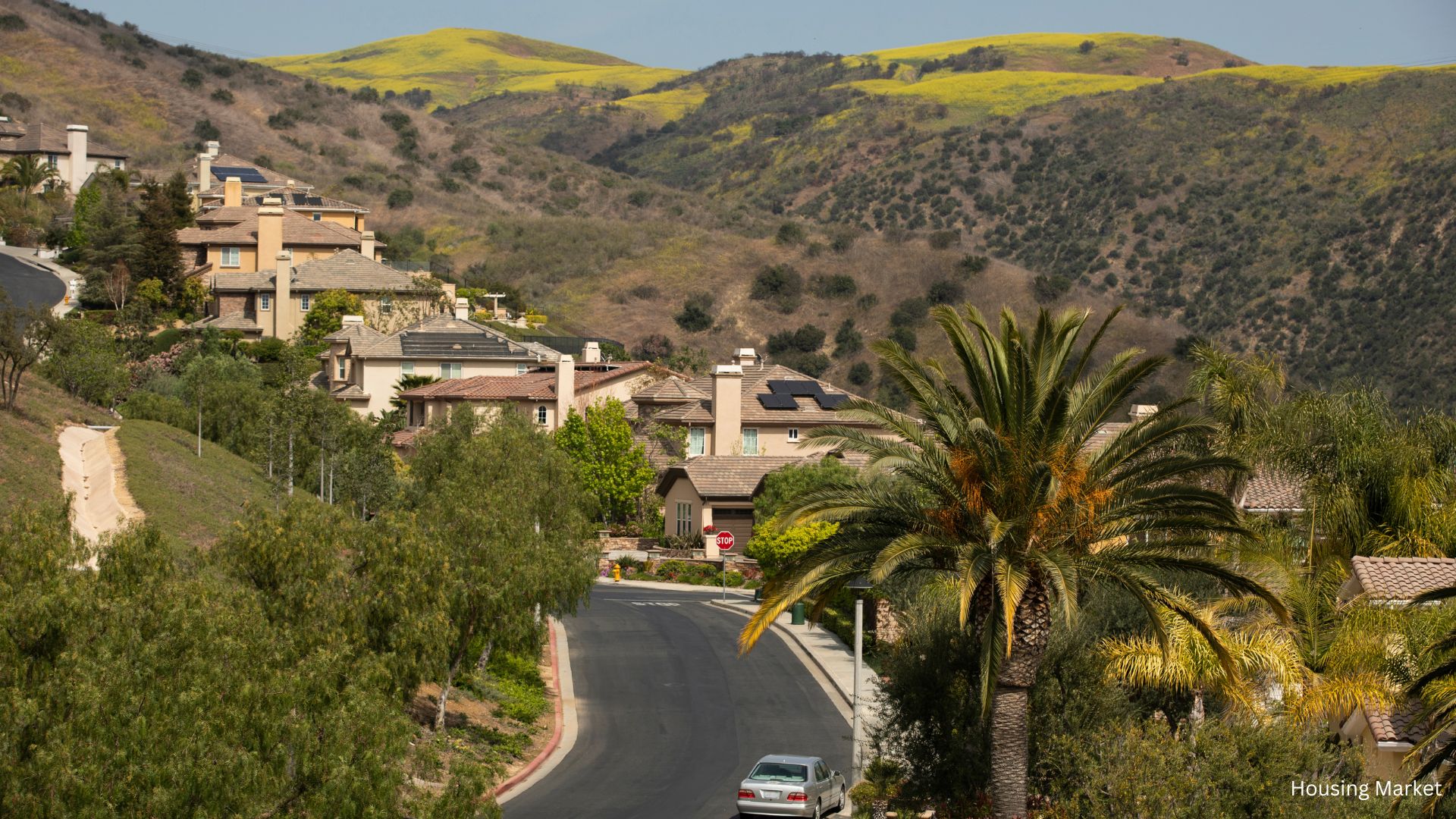
The research conducted by UC Santa Cruz and its collaborators underscores the necessity of treating the affordable housing crisis as a sustainability problem that demands comprehensive solutions. By fostering collaboration between social and natural sciences, policymakers can better understand the drivers of WUI growth and develop strategies to protect communities from climate change impacts. The future of California WUI depends on our ability to address these interconnected challenges and promote sustainable development that safeguards both people and the planet.
Related posts:
 Northern Virginia Housing Market – March 2023
Northern Virginia Housing Market – March 2023
 UVM-Burlington Student Housing Agreement: A Collaborative Solution to Campus Housing Challenges
UVM-Burlington Student Housing Agreement: A Collaborative Solution to Campus Housing Challenges
 Understanding Redlining in Las Vegas and Its Impact on the Westside
Understanding Redlining in Las Vegas and Its Impact on the Westside
 Boomers Staying Put and Not Leaving Their Large Homes. Why?
Boomers Staying Put and Not Leaving Their Large Homes. Why?
 Home Improvement Trends Shift: DIY Projects Take Center Stage as Big Renovations Take a Backseat
Home Improvement Trends Shift: DIY Projects Take Center Stage as Big Renovations Take a Backseat
